Summary
- Redemption arcs for villains like Itachi and Gaara can enhance character development.
- Not all villains deserve redemption; Orochimaru and Kabuto should have faced consequences.
- Giving every character a happy ending can cheapen the overall story; realism is important. Total character count: 120
WIth long-running franchises such as Naruto, there are sure to be multiple villains that take center stage throughout the course of serialization. And though the series’ characters are nothing short of stellar, recycling the same concepts can be just as detrimental as they are nostalgic.
Though sympathetic villains are great to have for a well-rounded story, some are all around just beyond saving, and an attempt to “bring them back” just cheapens their whole character arc. Characters such as Itachi and Gaara are two excellent examples of how to effectively redeem a villain, but Orochimaru and Kabuto are the polar opposite.
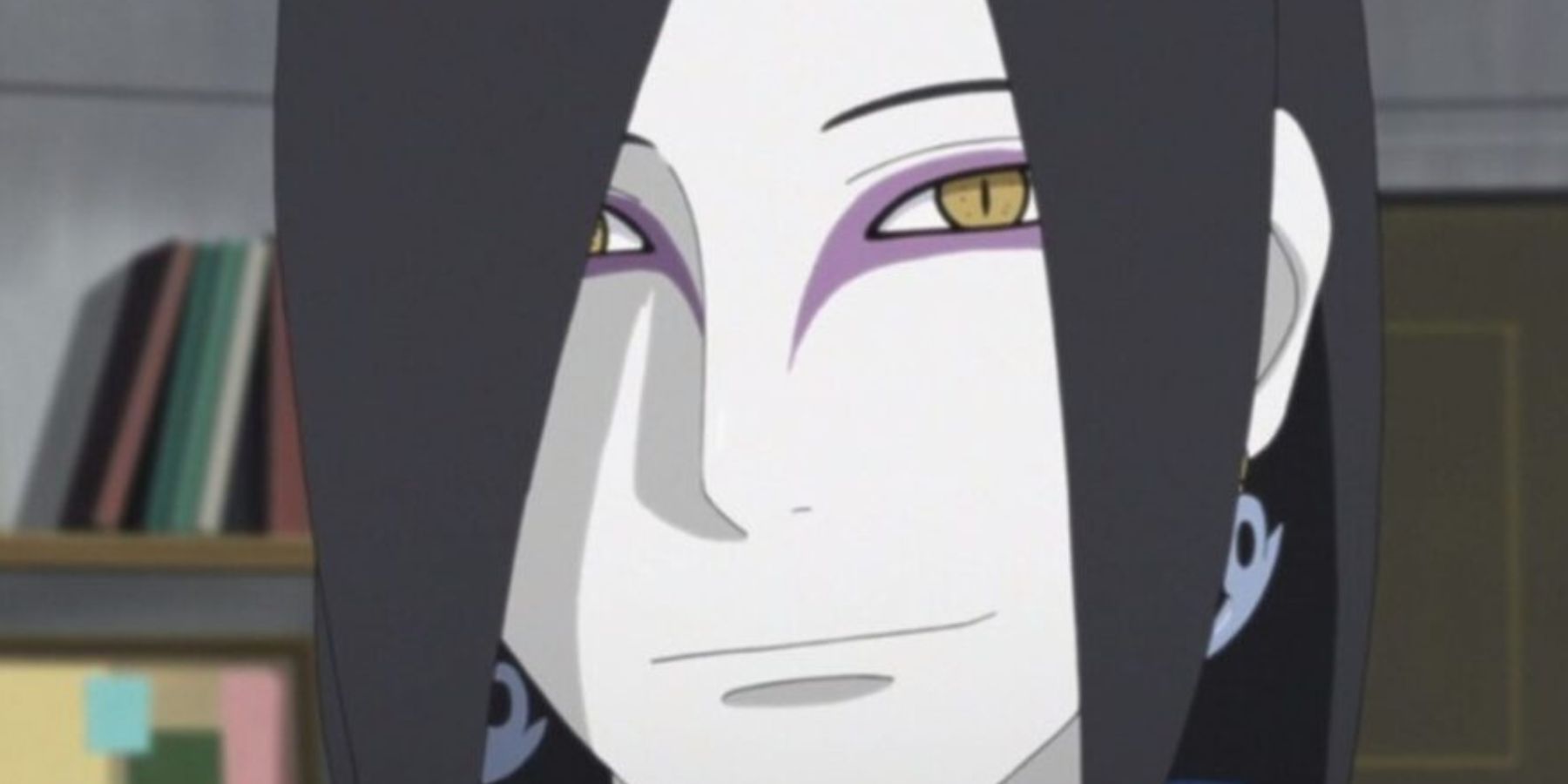
Related
Naruto: How Orochimaru Was Wasted By Kishimoto
Naruto’s most iconic antagonist was left out to dry. How did Kishimoto fail Orochimaru?
Tragically In The Wrong
Early on in Naruto, Gaara makes his appearance alongside his two siblings, Temari and Kankurou. Due to his upbringing, Gaara was ostracized as a child, ignored by his siblings, and only cared for by his uncle. Though one day after a failed murder attempt, his uncle, Yashamaru, lies in a confession that he’s always hated Gaara, as a means to turn him into a stone-cold killer. Because he’s a host to one of the tailed beasts, he has a natural-born ability to heal quickly. When he’s first introduced, Gaara laments that he can only rely on himself. He’s twisted and brutal, but ultimately, is misguided. Through Naruto’s examples and reasoning, Gaara is able to redeem himself and becomes one of his closest friends in the process.
Itachi, Sasuke’s mysterious older brother, is the one who massacred the entire Uchiha clan. He is both a defector of Konoha and a part of the terrorist group, The Akatsuki. It isn’t until after Sasuke manages to defeat him do we learn of his ordeal, in which he had to massacre his family to prove his loyalty to the village. He always maintained a cool exterior and was a character readers came to appreciate. What’s more, he was able to make amends and make peace with Sasuke, guiding him towards the right path.
Forcing a Narrative
Being able to redeem oneself is nice, but constantly giving second chances just isn’t realistic. Granted, Naruto isn’t exactly based on realism, but when it comes to good characters, giving them all a hard pass just cheapens the overall story. Orochimaru, like Itachi, defected from Konoha after developing a morbid obsession with attaining immortality. This led him to betray his closest comrades and wreak havoc in the village, even attacking Sasuke to tempt him with revenge in exchange for his body. In a poetic turn of events, Sasuke ends up killing Orochimaru. Kabuto, his protégé, attempts to follow in Orochimaru’s footsteps to also become a “perfect” being, but he ends up losing himself and goes insane.
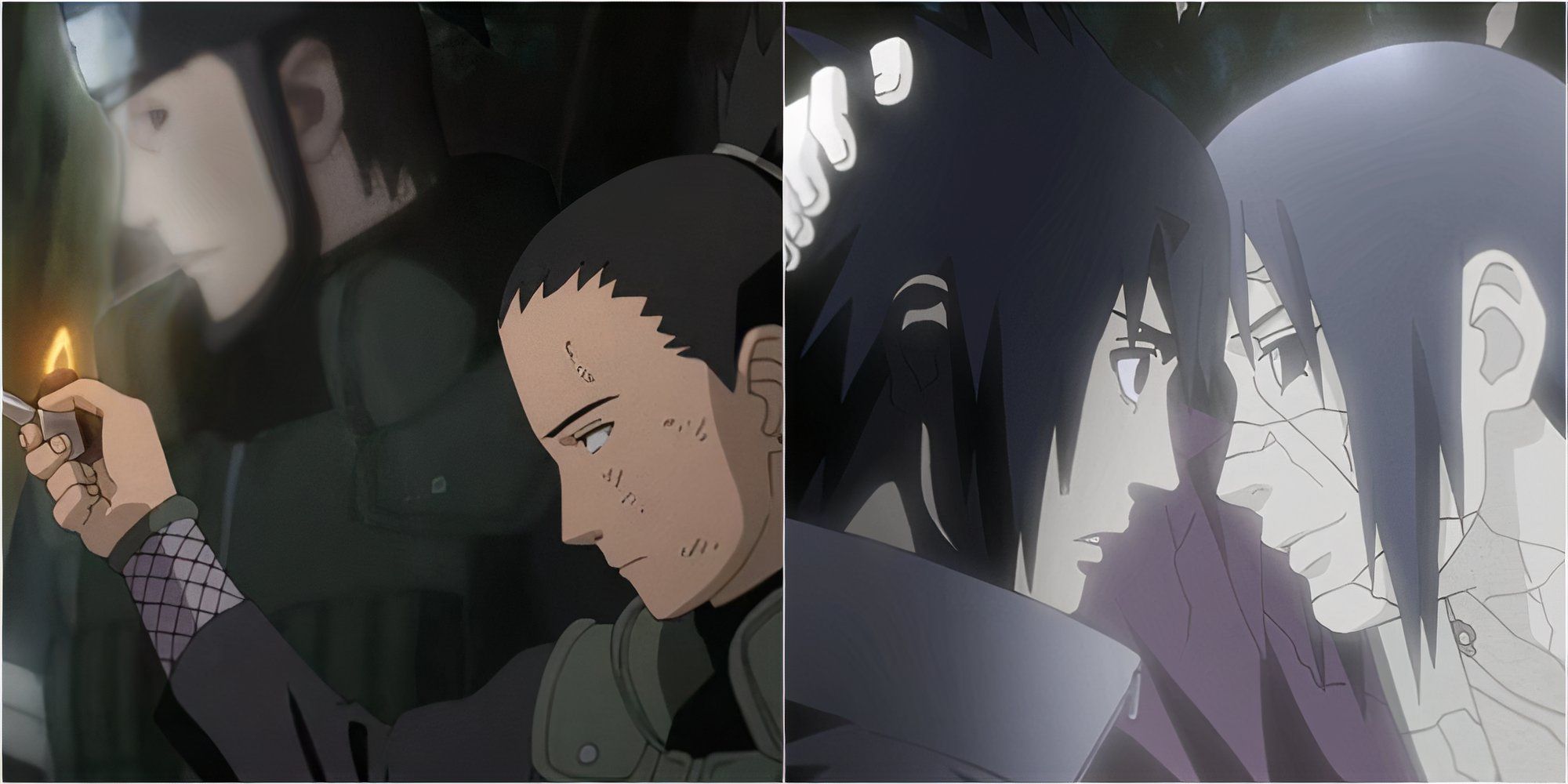
Related
Naruto: 8 Arcs With The Most Character Development
The high stakes of these Naruto arcs forced its characters to grow and mature as a result of the experience, becoming stronger ninja in the process.
This would be an excellent ending for Orochimaru, and for Kabuto to take center stage as one of the new antagonists. But yet that didn’t happen. Somehow, Orochimaru just “magically” got better and made amends with everyone at the end of Naruto. Not only that, but he has a “son” of his own, who goes to school with Boruto and his friends in the sequel. Kabuto falls lower than Orochimaru in the canon storyline, genuinely becoming insane in an effort to find himself in the world. While he does get an answer in the end, it would make a lot more sense if he did, shortly before he would die (permanently). This would show just how detrimental the pursuit of knowledge can be, especially when exposing oneself to forbidden techniques and studies. Now, he’s suddenly helping kids at the orphanage.
A positive message is being sent in a way that anyone can be redeemed. However, the audience has enough common sense to realize that. Not every character or arc has to send a moral message, but even then, showing that those who trek down the wrong path and become their own undoing, can also work as a cautionary tale.
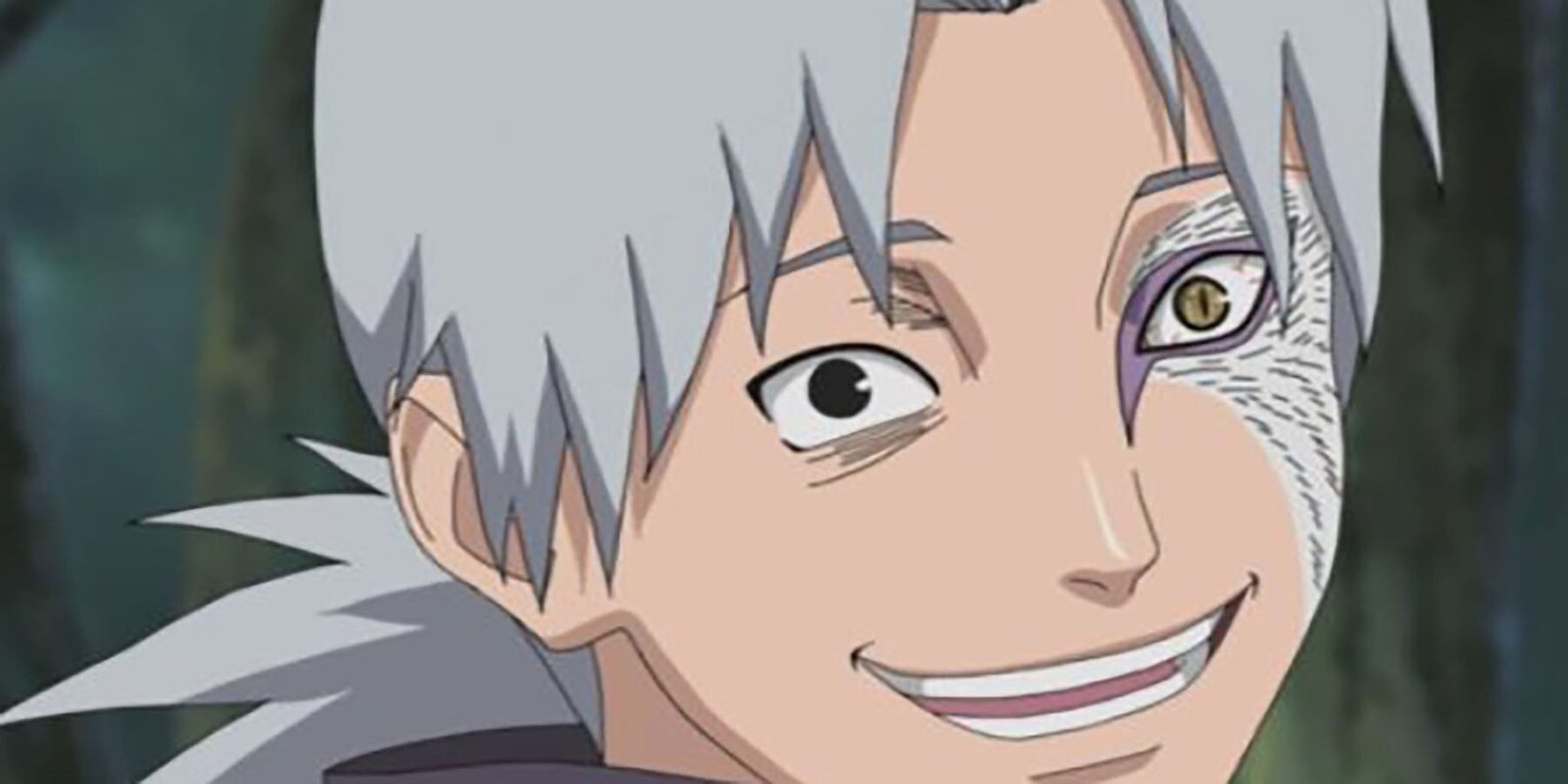



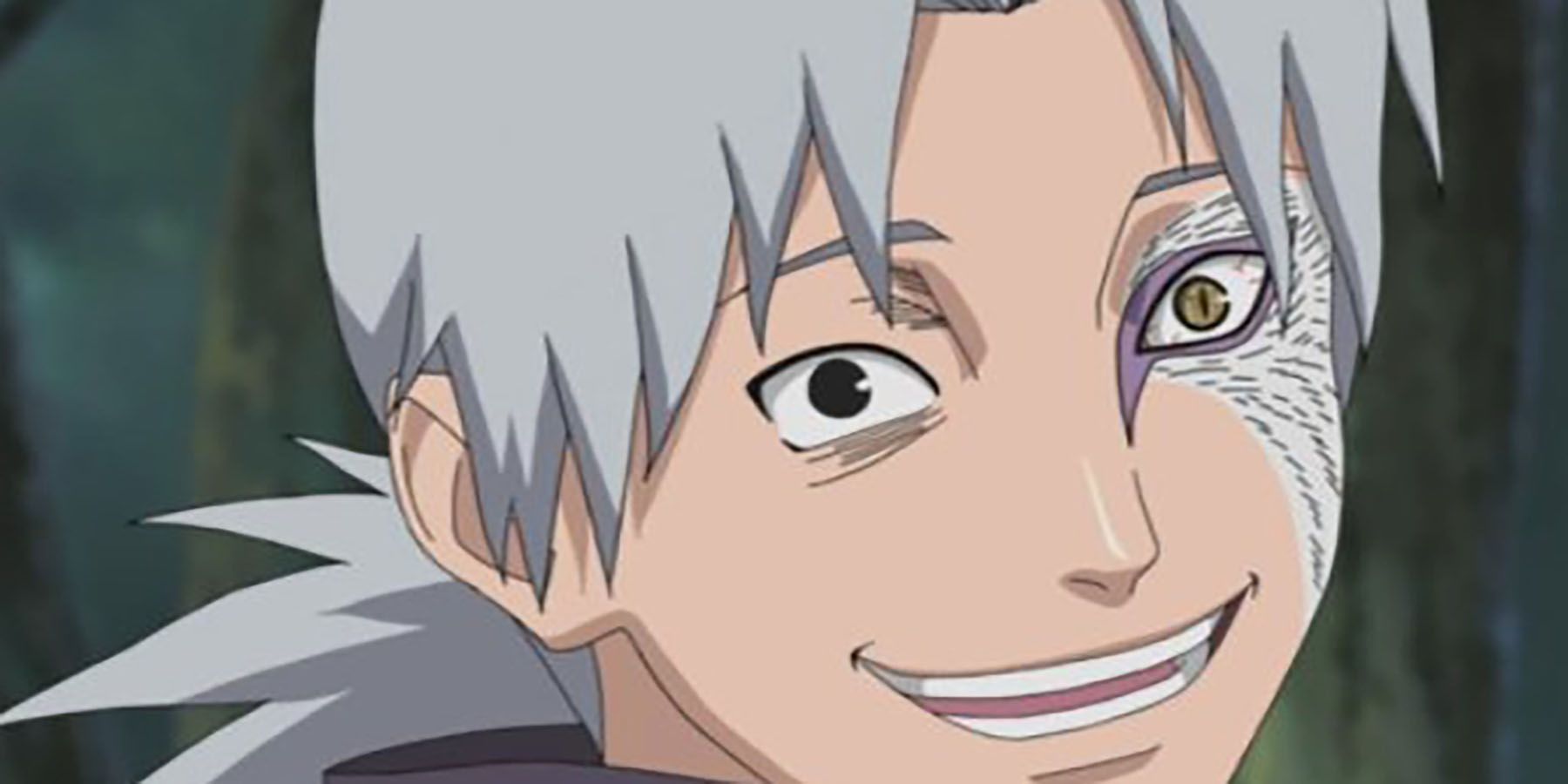
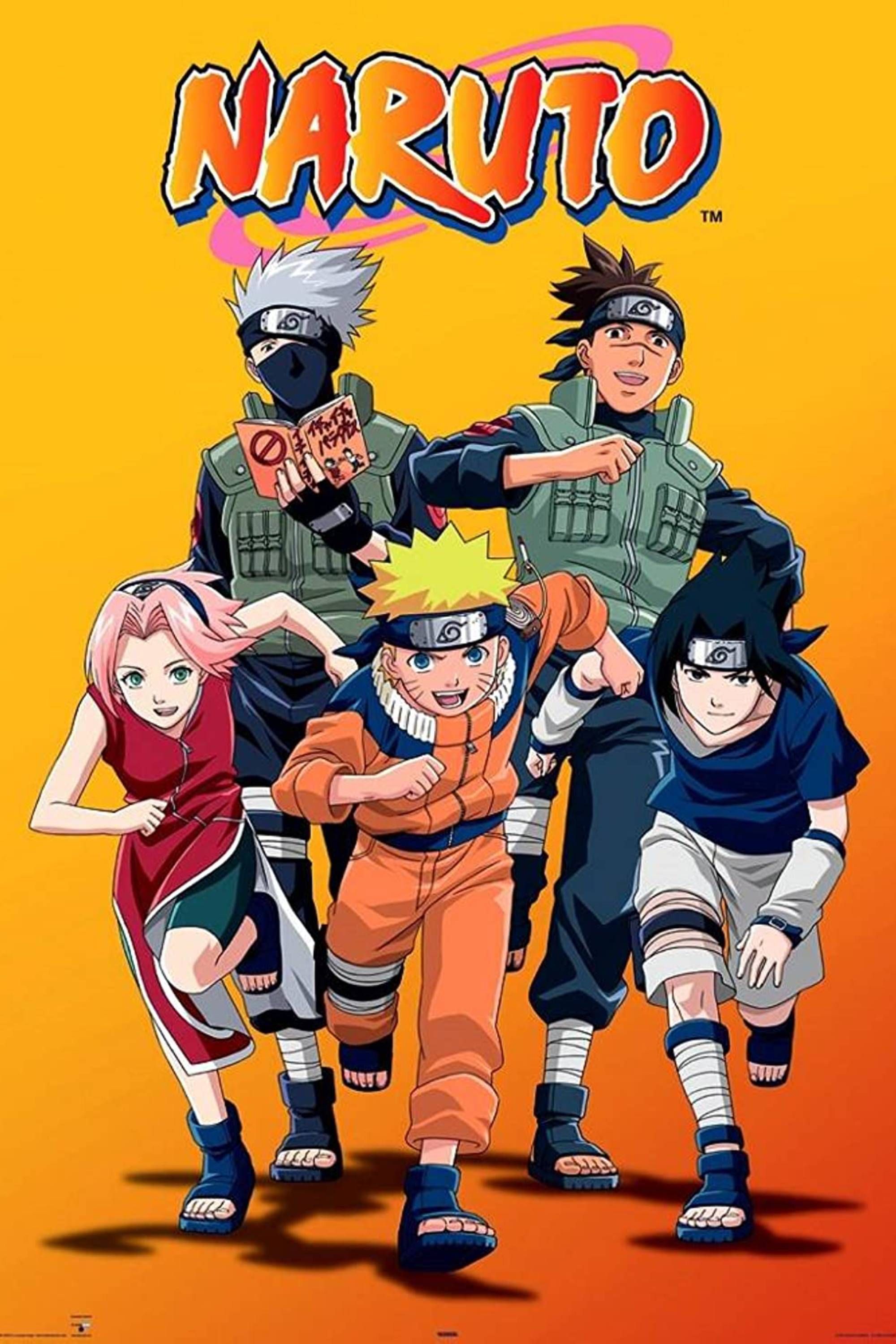




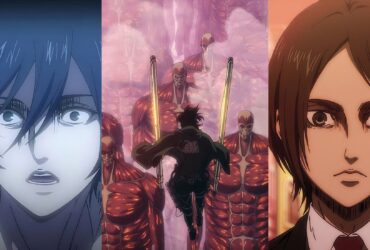
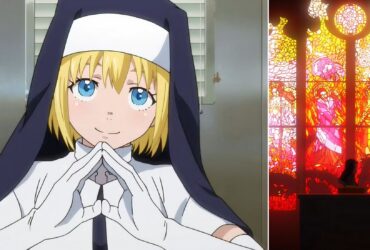

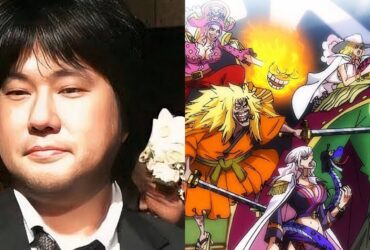


Leave a Reply